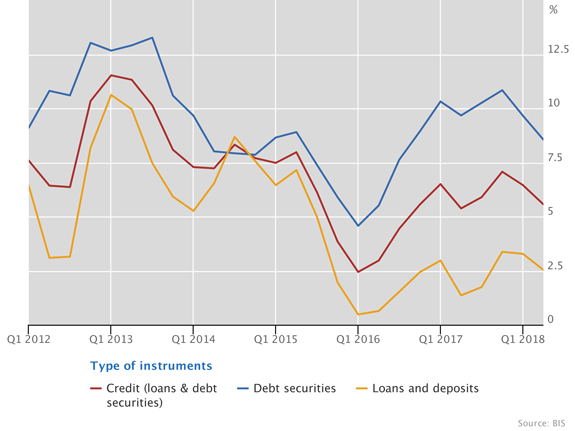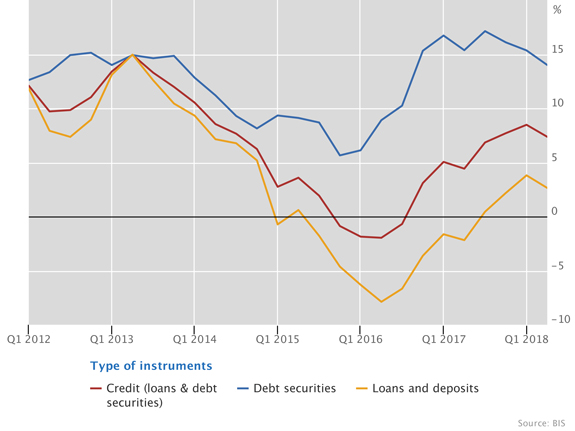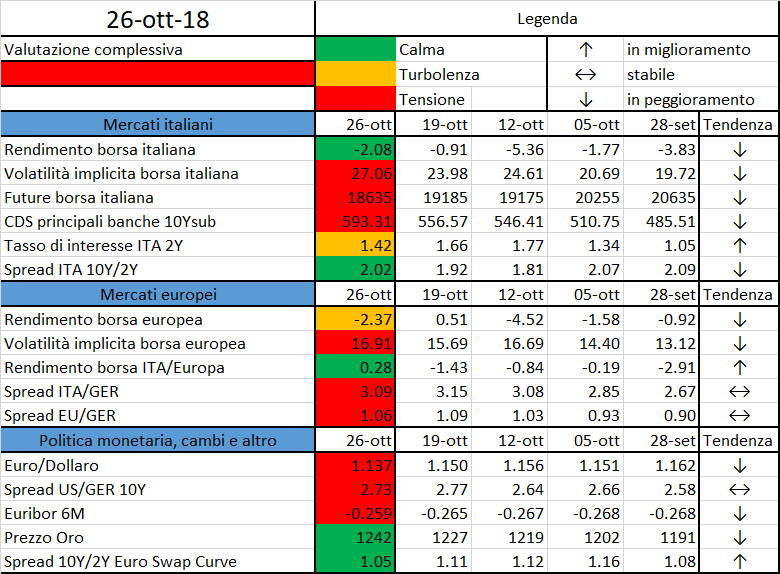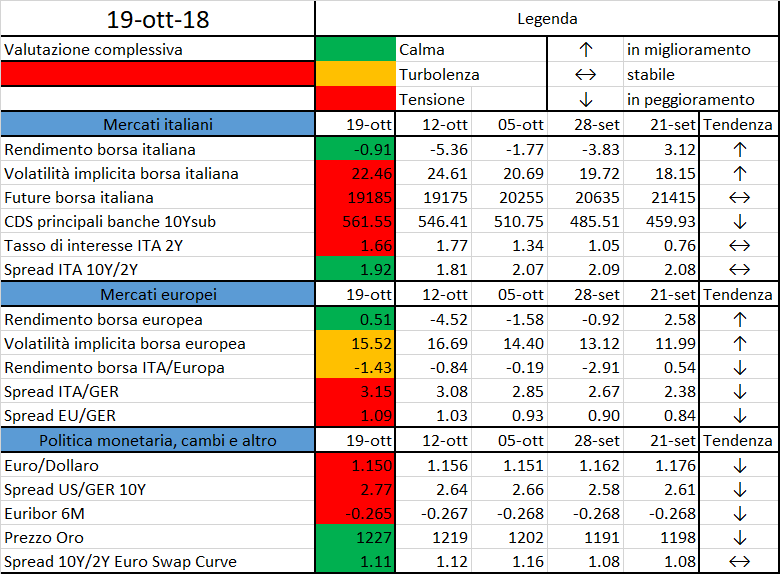The “la Caixa” Chair for Economics and Society conference held in Madrid on October 17 was an occasion for Peter Praet, Member of the Executive Board of the European Central Bank (ECB), to discuss the consequences of population ageing for economic policy making. In particular, the reform of public pension systems and the effectiveness of macroeconomic policies are heavily influenced by population ageing, although demographic developments are to a large extent predictable over the short to medium run.
Population ageing is a challenge for the sustainability of public finances and monetary policy. High levels of public debt combined with significant implicit public pension liabilities risk leaving little room for fiscal policy to tame business cycles. In combination with other secular economic trends, population ageing has been exerting protracted downward pressure on real interest rates. As a consequence, central banks are more likely to hit the effective lower bound on policy rates, constraining the ability of standard monetary policy instruments to carry out macroeconomic stabilization. The euro area, in common with other advanced economies, has entered an era of demographic change: roughly speaking, while today each pensioner is supported by approximately three workers, by 2070 there will be just two workers for each pensioner.
One salient feature of the economic environment in advanced economies has been the steady decline of short and long-term nominal interest rates over several decades to the extremely low levels that currently prevail. While the bulk of this decline is related to central banks successfully re-anchoring inflation expectations, population ageing has contributed to a decline in the labour supply, a slowdown in productivity growth, and higher precautionary savings, thereby exerting downward pressure on potential growth.The generalised impact of ageing is exacerbated at present by the demographic effect of the baby-boomer generation. This large cohort remains in the saving part of its life cycle and is likely to exert downward pressures on real interest rates until the end of the coming decade.
This brings about a number of challenges for three policy area:
Population ageing will have a deep impact on public finances in the euro area for decades to come. Policy can react to this challenge in several ways. First, reforming social security systems to prevent population ageing from increasing age-related expenditure. Second, fiscal consolidation outside of social security systems to finance the rise in age-related expenditure. Third, doing nothing and letting the increase in age-related expenditure feed fully into higher public debt. The latter – what could be called the procrastination strategy – is very risky for countries that start with high public debt.
There are two reasons calling for policy action sooner rather than later to address age-related costs. First, the bulk of the age-related cost increase is expected to take place during the next two decades, in which the baby boom generation will enter retirement. Incidentally, this is true for many countries that currently have high debt ratios.
Furthermore, the Ageing Report projections are based on somewhat favourable macroeconomic and demographic assumptions. If these assumptions were not to materialise, age-related costs could be substantially higher. To capture some of the uncertainty, the Ageing Report includes several adverse risk and sensitivity scenarios, which indeed suggest higher cost pressures.
The call for early policy action does not mean that action needs to be the same across countries. The appropriate course of action should reflect deep societal preferences. Some countries may favour reforms to entitlements and boosting private-sector provision of pensions beyond what has already been achieved. Other countries may favour linking retirement age to life expectancy, while maintaining the pension benefit ratio of the system. Yet other countries may opt for higher contribution rates, although this may put a strong burden on younger generations. These options are not mutually exclusive and can be implemented in combination. When designing pension reforms it is also important to be mindful of their possible implications for the supply side of the economy, as higher levels of potential growth are essential to improve social welfare.
Demographic factors are expected to continue to exert downward pressure on real rates, hence growth-enhancing structural reforms are essential for a durable rise in equilibrium real rates. Such actions would support monetary policy in its efforts to maintain price stability and strong macroeconomic performance in an environment of low equilibrium interest rates.
Indeed, low equilibrium real interest rates affect the monetary policy stance in two ways: first, any given policy rate is less stimulatory with lower equilibrium rates. Second, the policy rate is likely to hit the lower bound much more frequently than thought possible in the past – a direct consequence of the fact that current estimates of the real equilibrium interest rate are much lower than the 2% estimate customary before the great financial crisis. These effects could have implications for the way the economy and prices evolve through time; recessions may last longer, and recoveries may be slower and shallower, with a higher risk throughout of missing the objective.
Some prominent economists have advocated raising central banks’ inflation targets. A higher steady-state inflation rate would generate higher levels of nominal interest rates and so deliver greater headroom to use conventional interest rate policy in downturns. Indeed, a higher target could reduce the frequency and duration of periods where policy rates are at their effective lower bound. Yet raising the inflation target is not costless. Raising the inflation target forces societies to bear the costs of higher inflation at all times.
An alternative monetary framework is price-level targeting. Under this framework, a central bank tries to keep the level of prices on a steady path, say rising by 2% each year. This strategy implies the central bank aims to make up for past inflation target misses by engineering inflation deviations in the opposite direction.
Bernanke recently proposed a variant of a price-level targeting regime. Under this variant, the central bank would behave in normal times as a flexible inflation targeter, seeking to stabilise inflation – not the price level – over a medium-term horizon. But when interest rates become stuck at their lower bound, the central bank would switch to a commitment to bring back the price level to a certain trend. During those periods, the central bank would promise a lower-for-longer rates policy meant to engineer a period of inflation higher than target in the future in order to compensate for the near-term shortfall in inflation.
When considering the proposals put forward in this debate, lessons should also be drawn from the experience of central banks dealing with the zero-lower bound in recent years. The main lesson is that monetary policy can retain traction even when constrained by the effective lower bound. The non-standard measures introduced by major central banks over the past decade proved to be highly effective in supporting economic activity and a gradual return of inflation to its objective. Such measures have featured quantitative easing through asset purchases, negative interest rates on reserves, forward guidance and a number of credit-easing instruments meant to restore transmission. These measures, especially when combined together, did enhance the scope for central banks to engineer very accommodative financial conditions through their effects on a wide range of maturities and on a wide spectrum of assets that are relevant for the transmission of monetary policy.
While unconventional monetary policy can be used to overcome challenges from low equilibrium interest rates, we should be wary about permanently placing a large burden on central banks to deploy tools to counter problems that are ultimately caused by structural economic and financial inefficiencies. The responsibility to address the forces depressing potential growth resides with structural policies, not with monetary policy.
There are three fruitful areas for reform: mitigating the impact of demographics on the labour force and public finances, boosting productivity growth and supporting efficient financial markets.
The demographic trends in Europe are fairly fixed, but structural policies can effectively mitigate their impact on the labour force and public finances. These include reviewing pension eligibility, in particular the retirement age, the income replacement ratio of pensions, and how they are funded.
With the likely fall in working-age population, raising productivity is a fundamental challenge for euro area countries. Higher productivity growth makes the future pension liabilities that currently exist more affordable, provides greater fiscal space and should increase real equilibrium rates, providing more space for monetary policy to use conventional interest rates for macroeconomic stabilisation
Structural policies can help in various ways: strengthening competition amongst firms and improving the business environment can increase incentives to innovate and invest in human and physical capital; institutional reforms increasing the efficient functioning of public administration can support investment.
Future growth will largely depend on our ability to revive productivity diffusion, both within and across countries. A reform agenda entails four main elements. First, support trade and international investment with a view to adapt to and to learn from global firms at the productivity frontier. Second, design policies which can encourage new entrants in the market with a focus on new technologies and business models. Third, foster investment in innovation, including research and development. Finally, support the upskilling and reskilling of the workforce, which can reap the benefits from innovation and accommodate the need for job reallocation. Investment in education and skills is particularly important to ensure that workers have the capacity to make the most of digitisation and to adapt to changing technologies and working conditions. Skills and productivity are the real sources of strong, inclusive and sustainable growth.
The third area where structural reforms can help is supporting efficient financial markets. Completing Banking Union and implementing the proposed plan for a Capital Market Union in Europe would further support a better allocation of funding, achieve a better risk sharing outcome and support long-term growth.
Economic policymaking under uncertainty – complete speech (HTML)








